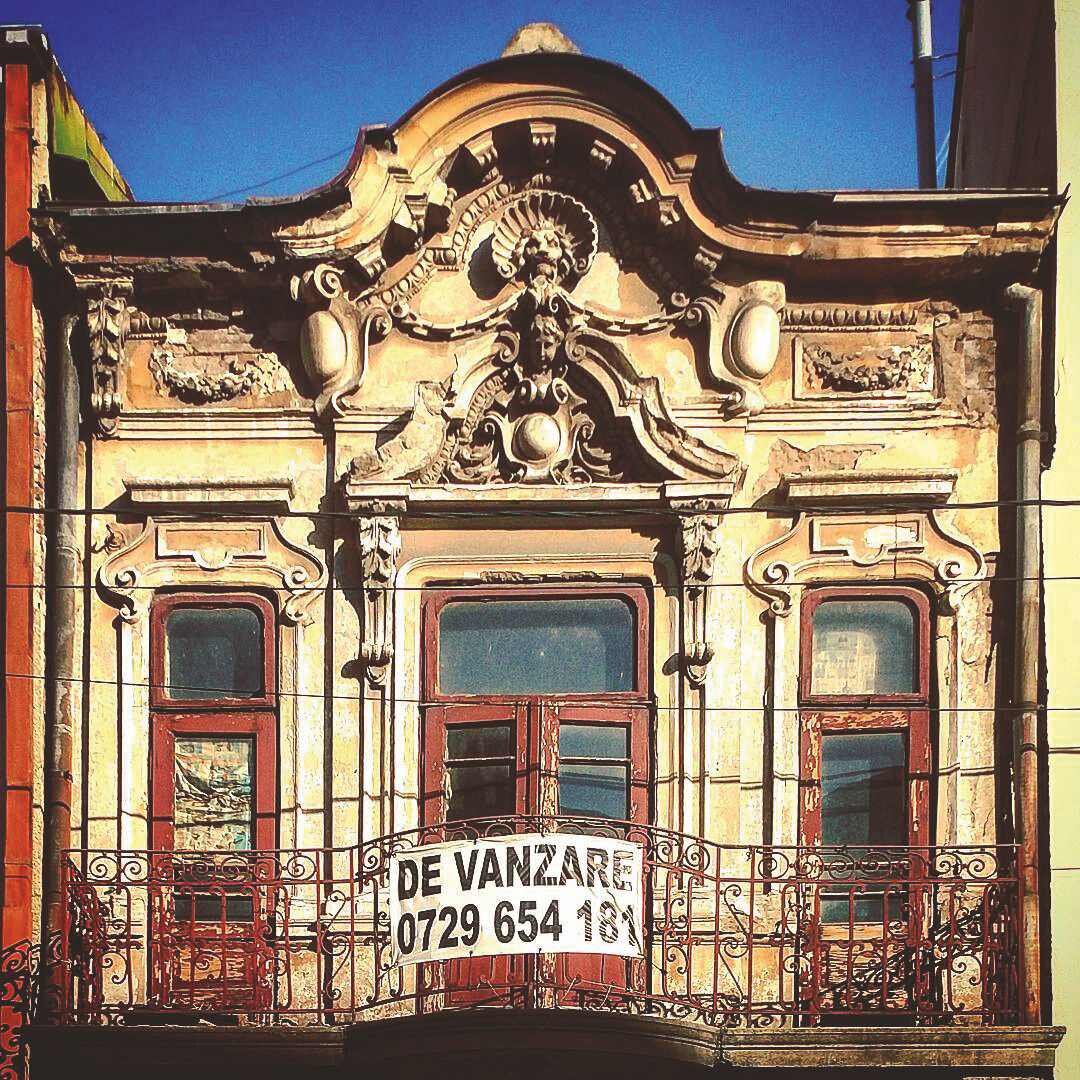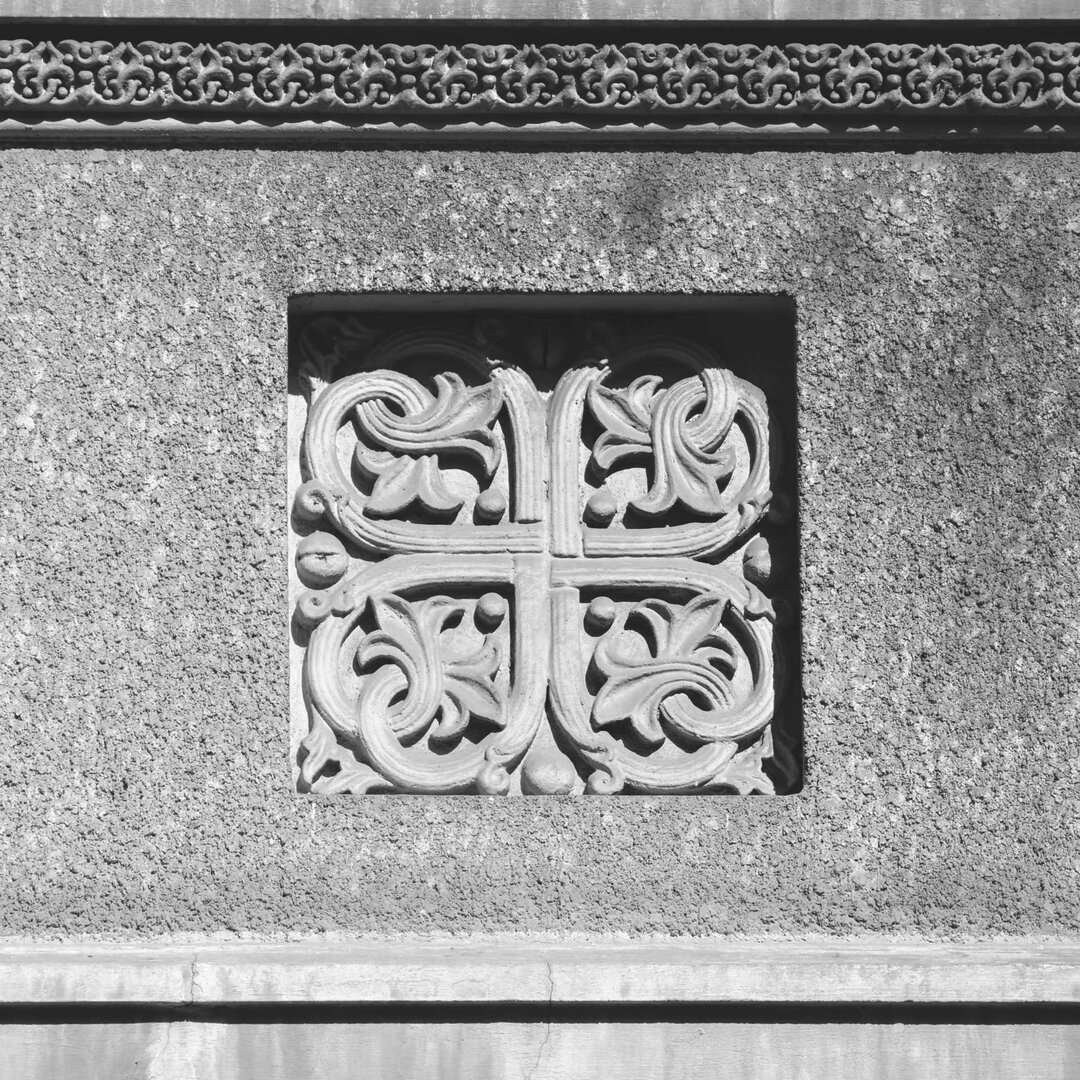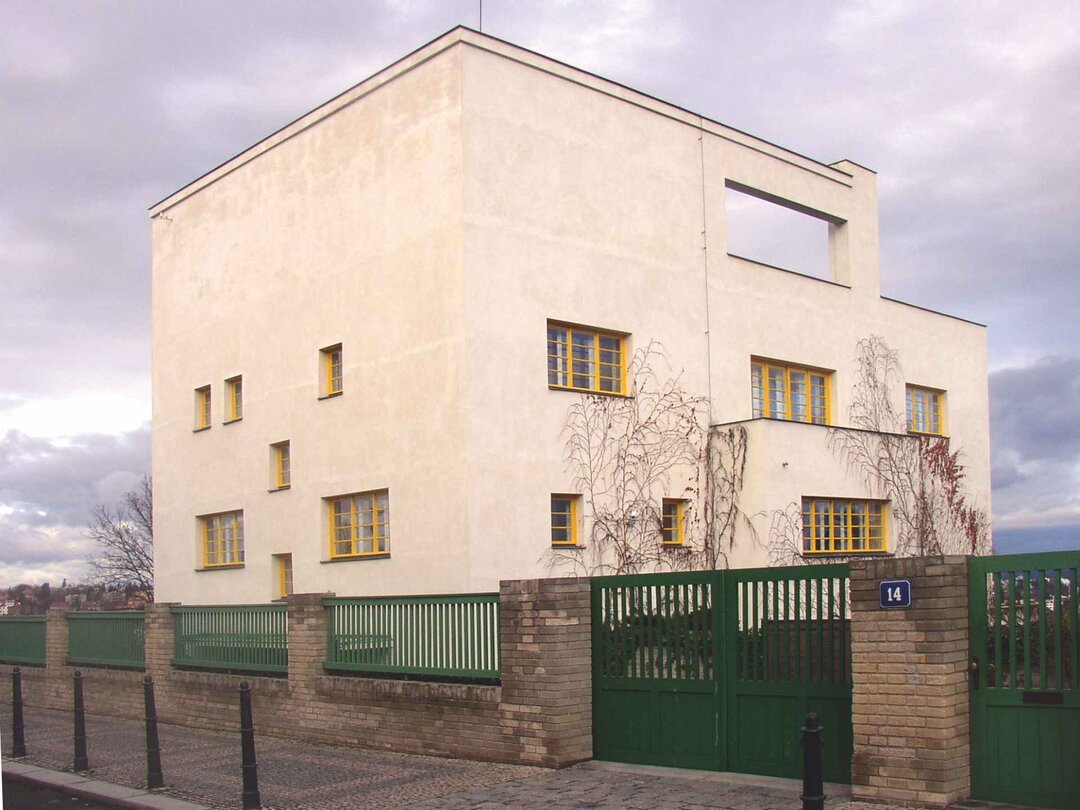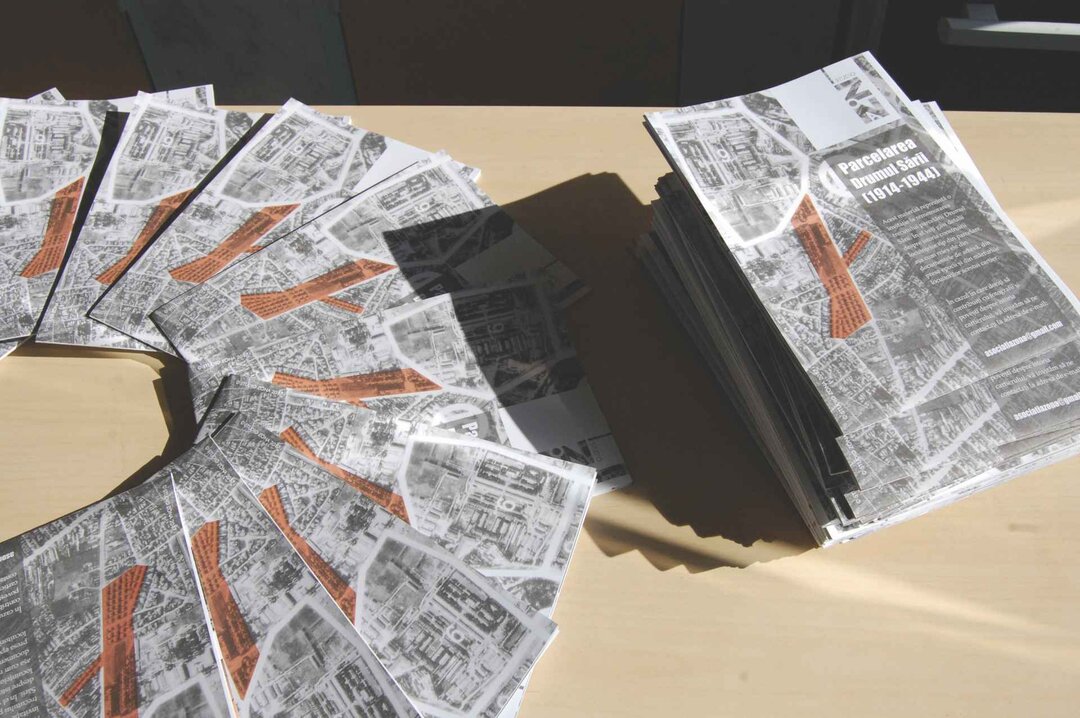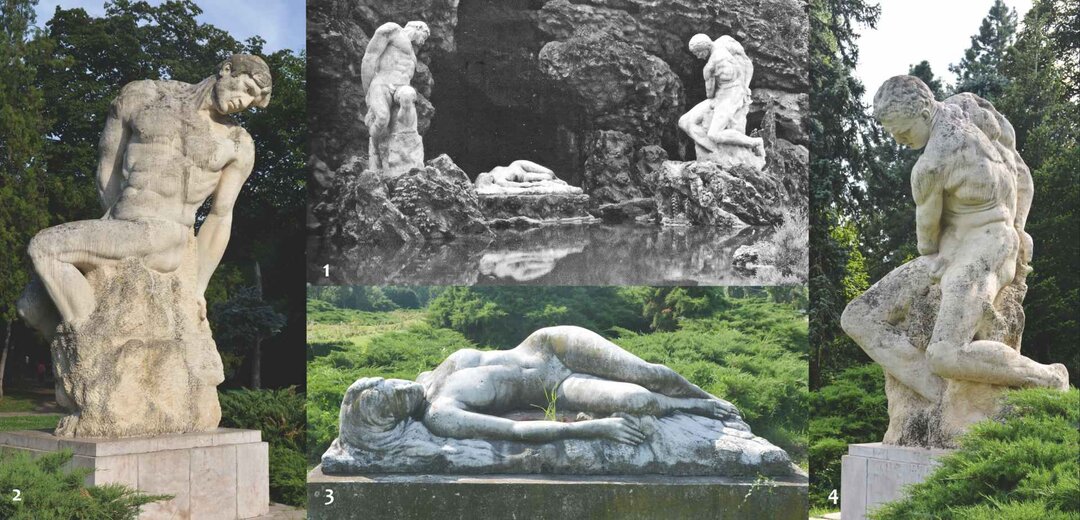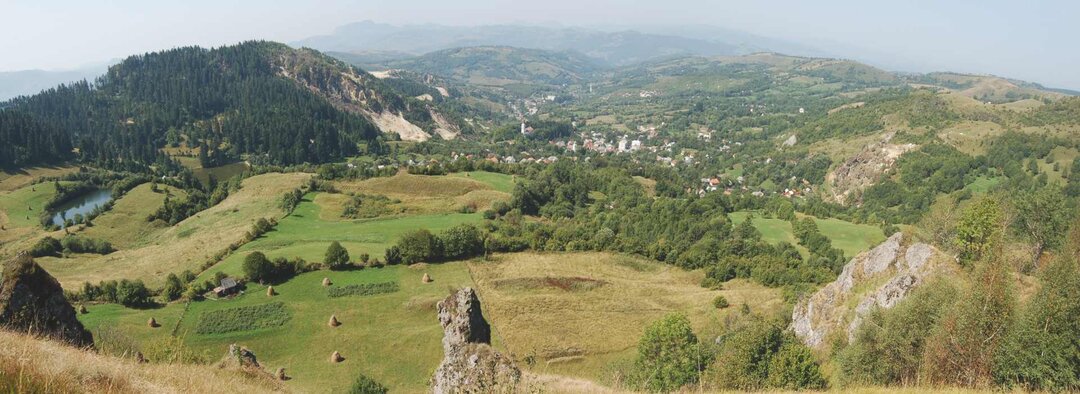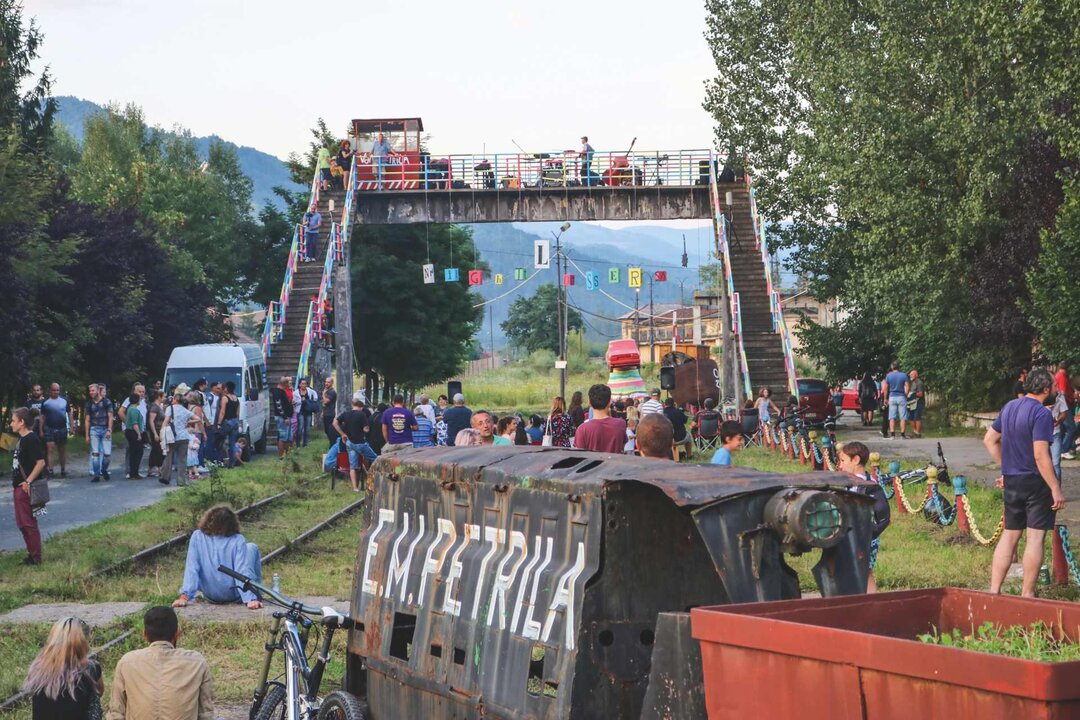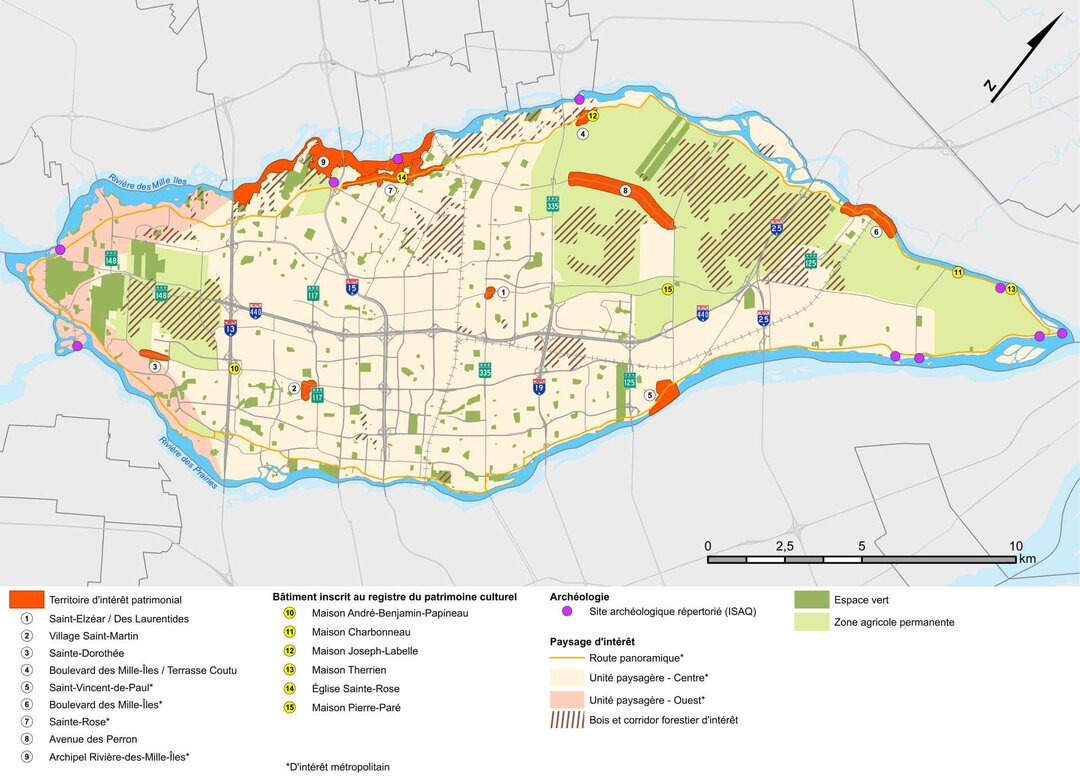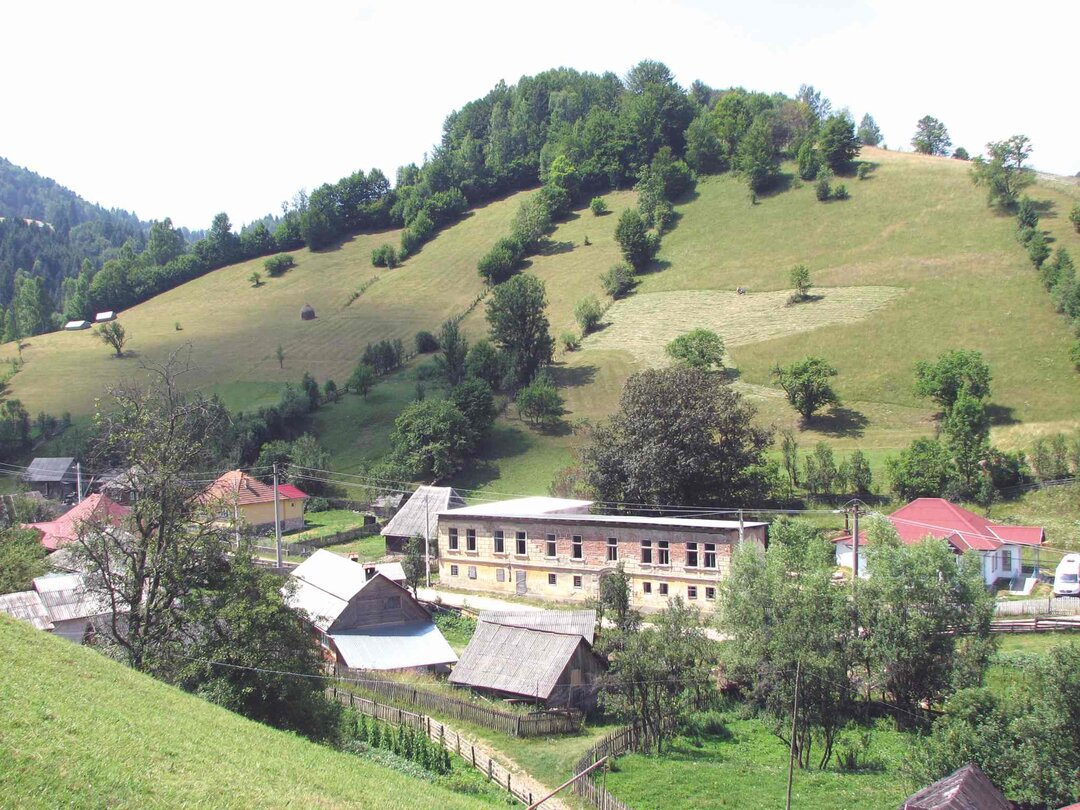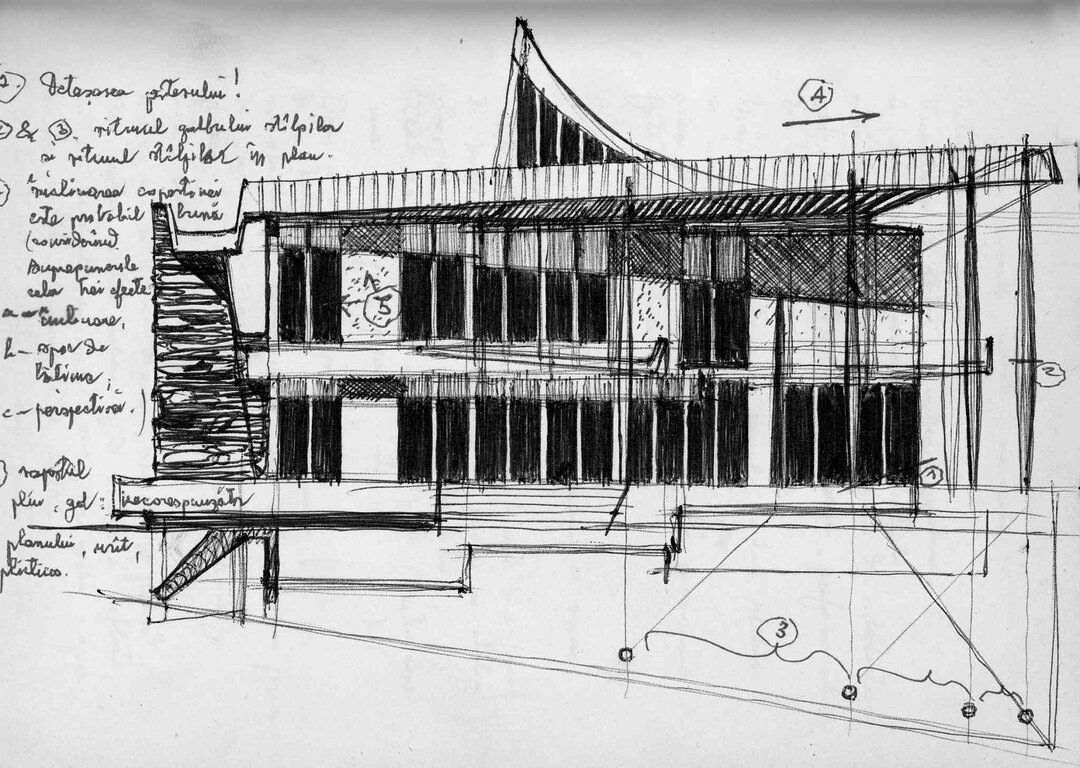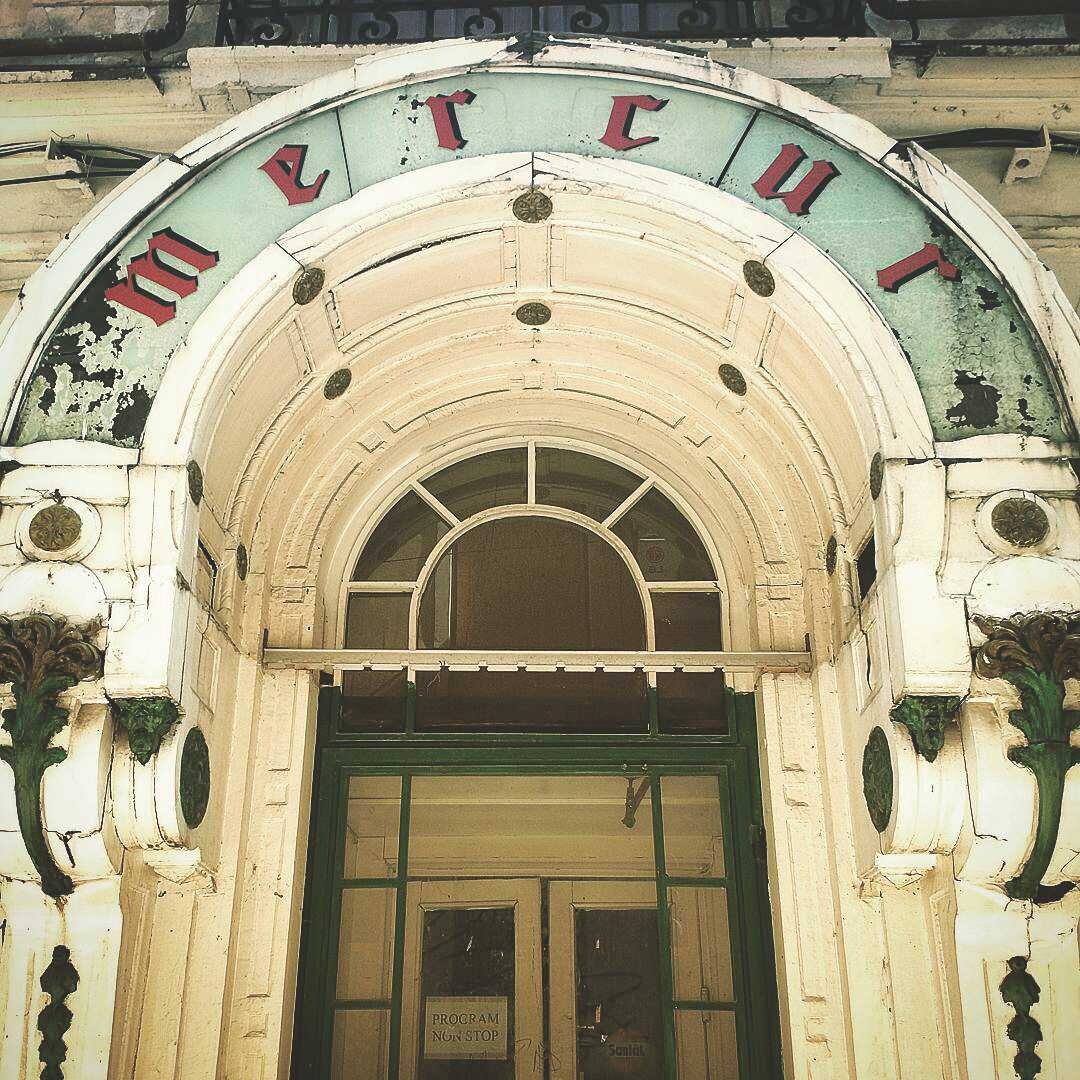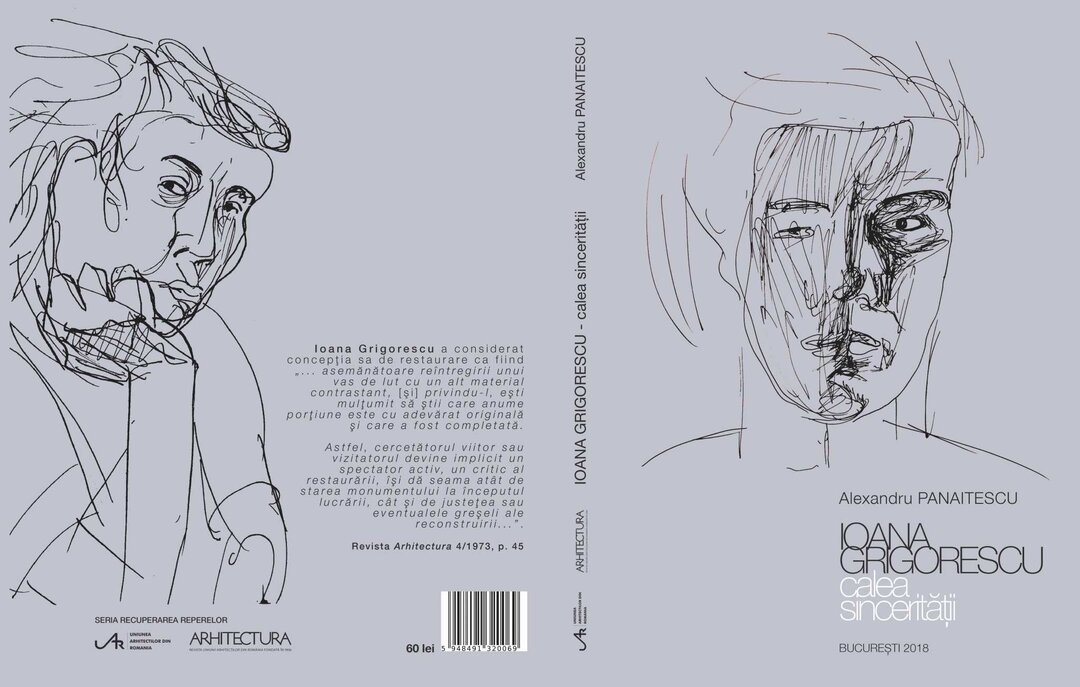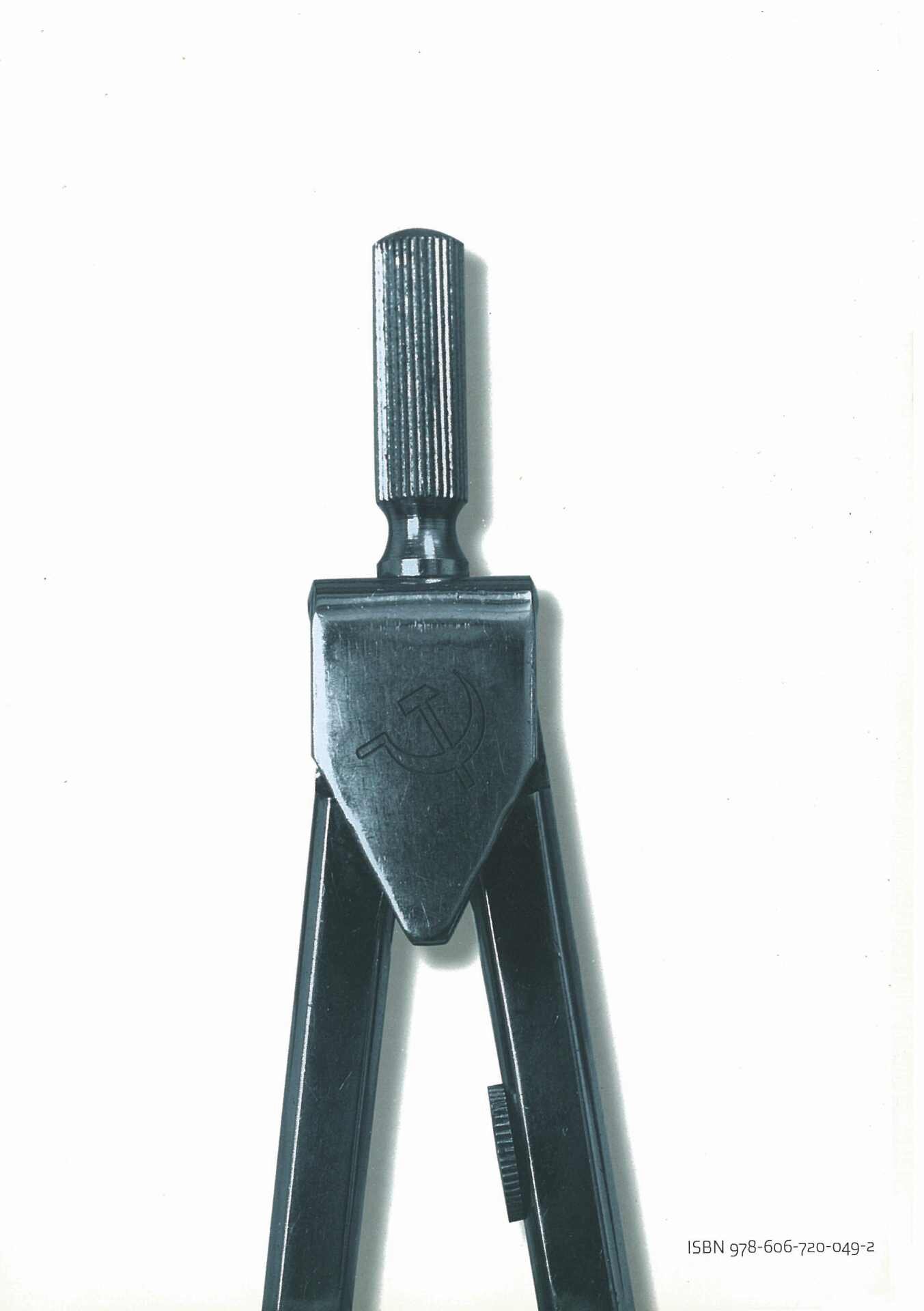
Arhitectura Magazine Award, BNA, 2018
Arhitectura Magazine Award at
BNA 2018
text: Maria MĂNESCU

"When I started drawing the first question arose. Where do the drawings come from? Where were they before they ended up on the sheet of paper? The first hypothesis was that the drawings come from the pencil: an effective hypothesis because it explains several things at once. The pencil holds the drawing and releases it whenever it finds a piece of paper. Pencils are different and therefore drawings are different. Different pencils contain different drawings. Each pencil well sharpened with the pencil sharpener taken from the mug on my father's desk had specific preferences for a particular kind of paper. Some pencils left thick, very black lines, melted easily and had to be quickly sharpened again. Others were colored (even multi-colored), others left a pale, almost scratchy streak; some were marked B, others H or even 2H and 3H. The first letters learned were B and H, the ones that marked the pencils. The crayons in the colored pencil boxes were different too. Each time the drawing was different than expected. Obviously - I wasn't doing the drawings, they came from somewhere. From pencil, I told myself at the beginning." (Mariana Celac, Digital Pen, Century 21, http://secolul21.ro/arhive/601)
At the Opening Gala of the National Biennale of Architecture, the ARHITECTURA Magazine Award was given to the latest book by Mariana Celac, a literate architect and urban planner and leading civic intellectual of the last decades - Architect B. Ioanide. Life and Works, published by UNARTE Publishing House in 2016.
Her health did not allow Ms. Celac to launch her book or to disseminate it through bookstores. Therefore, few are those who have seen it, and even fewer those who have read it and talked about it with delight: Ana-Maria Zahariade (Who is B. Ioanide? http://secolul21.ro/bkp/numere/numar-special-bucarest-paris/ana-maria-zahariade/index.htm), Augustin Ioan (B. Ioanide, https://atelier.liternet.ro/articol/17957/Augustin-Ioan/B-Ioanide.html), Magda Cârneci (Mariana Celac. "Architect B. Ioanide. Life and work " https://revista22.ro/70264840/mariana-celac-arhitectul-b-ioanide-viaa-si-opera.html).


For us it is a special book, unique in its own way. It is both the reconstruction of a fictional character and the deconstruction of a text. The reconstructed fictional character is already familiar, the main hero of George Călinescu's two novels, Bietul Ioanide and Scrinul negru, written in the 1950s: the "Olympian, enigmatic, narcissistic, hermetic" architect Ioanide. The author follows his character from the 1940s to the 1960s, just twenty years of Romanian history that brutally separated two worlds. For architects (and not only architects), a world of transition, of adaptations, dilemmas and compromises. Sounds familiar, doesn't it?
Through extrapolations and cultivated extensions, Ms. Celac puts together a possible official biography of the character, even a portfolio of projects, which makes B. Ioanide or simply B.I. to become an archetype of the Romanian Architect, inter-war, post-war and post-post-war. In the process of deconstructing the text-pretext, the initial character is depersonified, deconstructed thread by thread, diluted, and at times torn from his own biography to such an extent that he gives the foreground to the architect and his professional universe. We thus learn many interesting details about the "continuing education" of the architects of the time, about their careers. With humor and irony, Mrs. Celac tells stories, true fictions about the architects' lives, but she also shares valuable information about Bucharest at the beginning of the 20th century until the first decades after the communist regime.
In the biography of B. Ioanide's biography, as it is reconstructed by Mariana Celac through her permanent scriptural dialog with George Călinescu, are interwoven fragments of biographies of other well-known architects of the time such as Horia Maicu, Octav Doicescu, Duiliu Marcu, Cezar Lăzărescu and others, the generation of post-war architects whose professional career crossed diametrically opposed political regimes and who were marked by the 'professional' paternity of mature architects trained in the inter-war period, those who made the leap from Romanian inter-war modernism to the socialist realism of the 1950s (see also Irina Tulbure in http:// //arhitectura-1906.ro/2013/11/cezar-lazarescu-povestea-unui-arhitect).
Iosif Király's photographic reconstructions symbiotically illustrate this text, delicately supporting the intellectual approach of this exceptional literary construction.
Post Scriptum
Shortly after the awarding of this prize, on October 22, 2018, Mrs. Mariana Celac passed away discreetly, as she lived, by the way. We feel at peace that we were able to show her our appreciation while she was alive.

